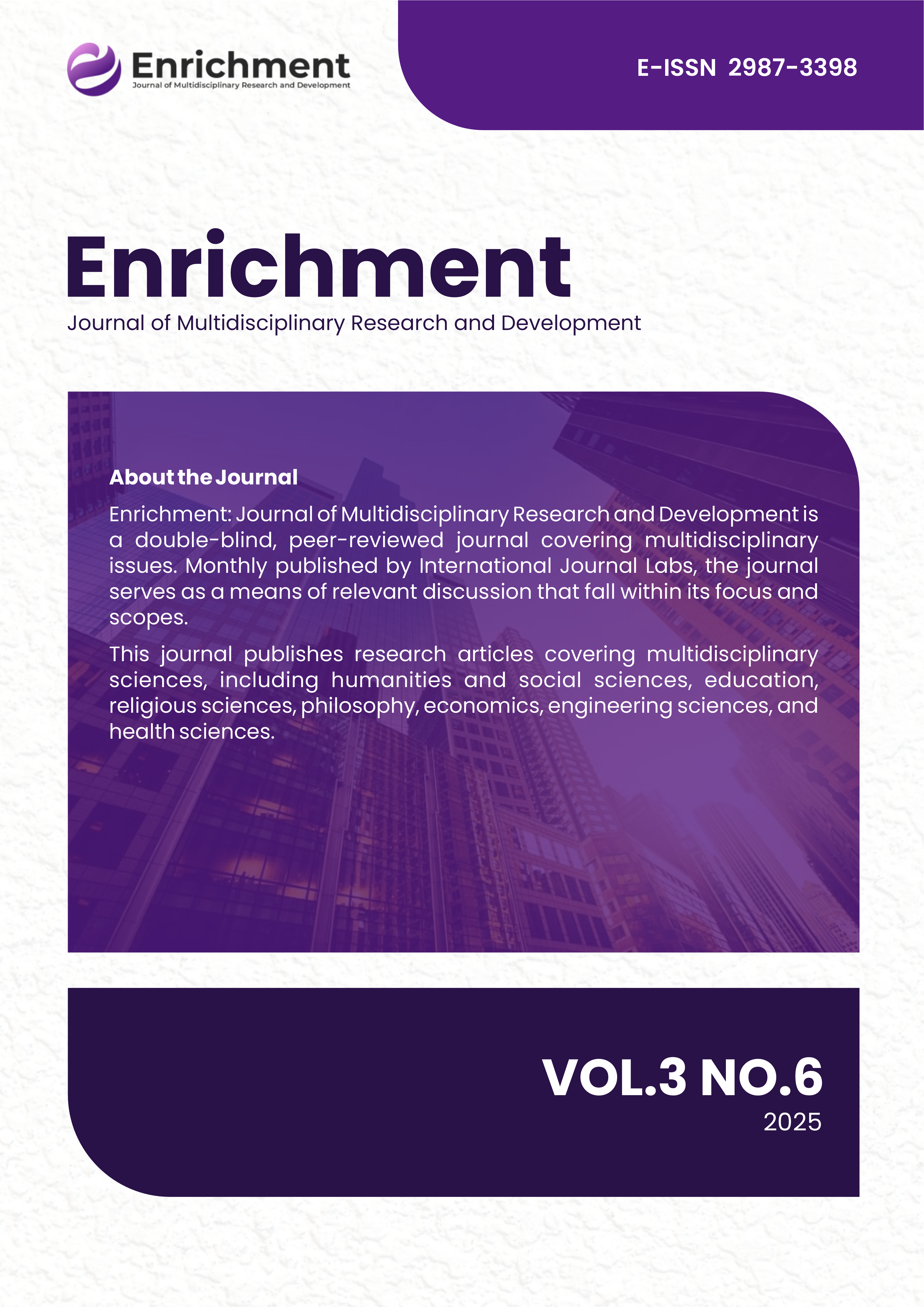Analysis of Google Play Store Reviews Using Natural Language Processing (NLP) and Importance Performance Analysis (IPA) for the Development of Mobile Banking Application Businesses Wondr BNI
DOI:
https://doi.org/10.55324/enrichment.v3i6.501Keywords:
Sentiment Analysis, Importance Performance, Mobile Banking, Support Vector MachineAbstract
In the digital era, mobile banking applications have become essential services for modern society. The study
aims to identify user sentiment toward the Wondr BNI application using Natural Language Processing (NLP)
methods and analyze the application's performance through Importance Performance Analysis (IPA). This
study employs a mixed-method approach, utilizing qualitative data from Google Play Store reviews and
quantitative data from questionnaire results. Review data were collected through web scraping and analyzed
using NLP based on a Support Vector Machine (SVM) algorithm. Quantitative data from the questionnaire
were evaluated to map the key elements that need improvement in the application. The research findings
indicate that 50.5% of user sentiments were positive, while 49.95% were negative, with application instability,
access and login difficulties, and transaction performance emerging as the main issues based on sentiment
analysis of 18,820 user reviews. Through the Importance Performance Analysis (IPA) method applied to 422
respondents, service attributes were mapped into four quadrants. Although no attributes were positioned in
Quadrant I (Top priority), several issues identified in the qualitative findings should remain a focal point for
developers’ evaluation. Attributes located in Quadrant II, such as security and transaction performance, are
recommended to be maintained. Based on the integration of findings and the SERVQUAL theoretical
framework, application development strategies should be directed toward enhancing technical reliability and
service responsiveness, with a particular emphasis on improving application stability, ease of access, and
continuous evaluation of features that align with user needs.




